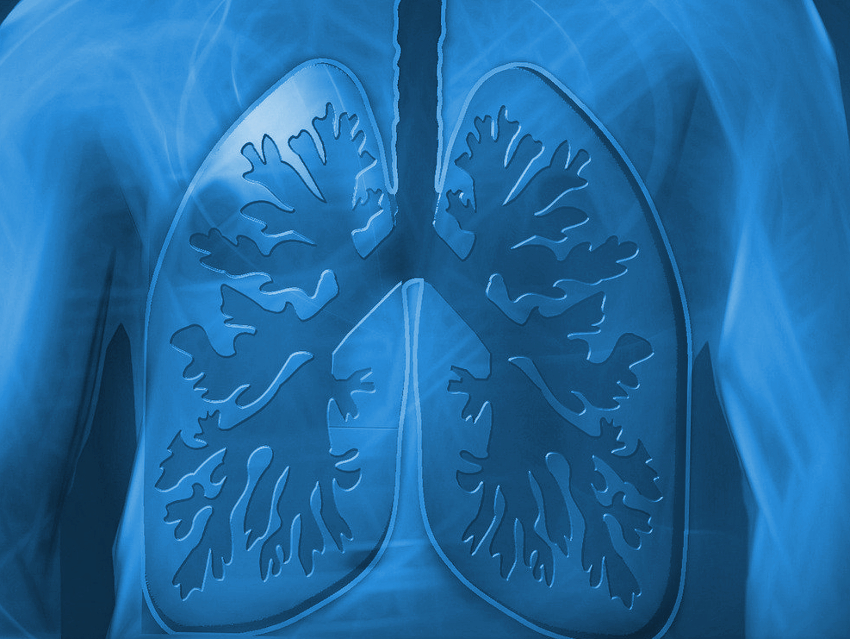A lot of research has been, and is being, dedicated to understanding how various nanomaterials behave when they are in contact with the human body or inside our different organs—for example, in the lungs. Deep in the lungs, in the alveoli, there is a liquid lining containing a phospholipoprotein, the so-called “pulmonary surfactant”. This liquid is important to reduce the surface tension in this part of the lungs.
Jean-François Berret, Université Denis Diderot Paris-VII, France, and colleagues have looked at how nanoparticles smaller than 100 nm interact with the pulmonary surfactant. In particular, the team investigated how the presence of nanoparticles changes the viscosity of the surfactant fluid. The team exposed a biomimetic pulmonary surfactant to nanoparticles of varying compositions and used optical and cryo-transmission electron microscopy (TEM) as well as active microrheology to study the effects. The microrheology technique the team used is based on observing the movement of tiny wires in the fluid while a rotating magnetic field is applied.
The study showed that the nanoparticles strongly interact with the lipid vesicles in the surfactant and cause significant modifications of the flow properties, even in low concentrations. Specifically, positively charged silica nanoparticles caused a fluidification, i.e., a reduction in viscosity. Alumina nanoparticles induced a transition from liquid to soft solid. The structure and viscosity changes in the surfactant fluid could impair the fluid reorganization and recirculation during breathing.
- Effect of Nanoparticles on the Bulk Shear Viscosity of a Lung Surfactant Fluid,
Le-Phuong-Anh Thai, Fanny Mousseau, Evdokia Oikonomou, Milad Radiom, Jean-François Berret,
ACS Nano 2019.
https://doi.org/10.1021/acsnano.9b06293




